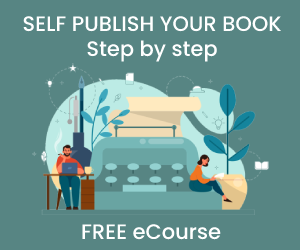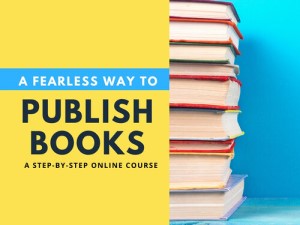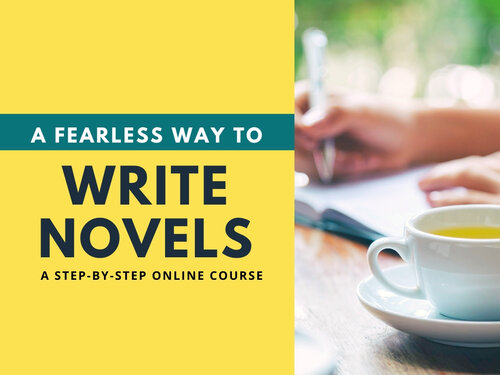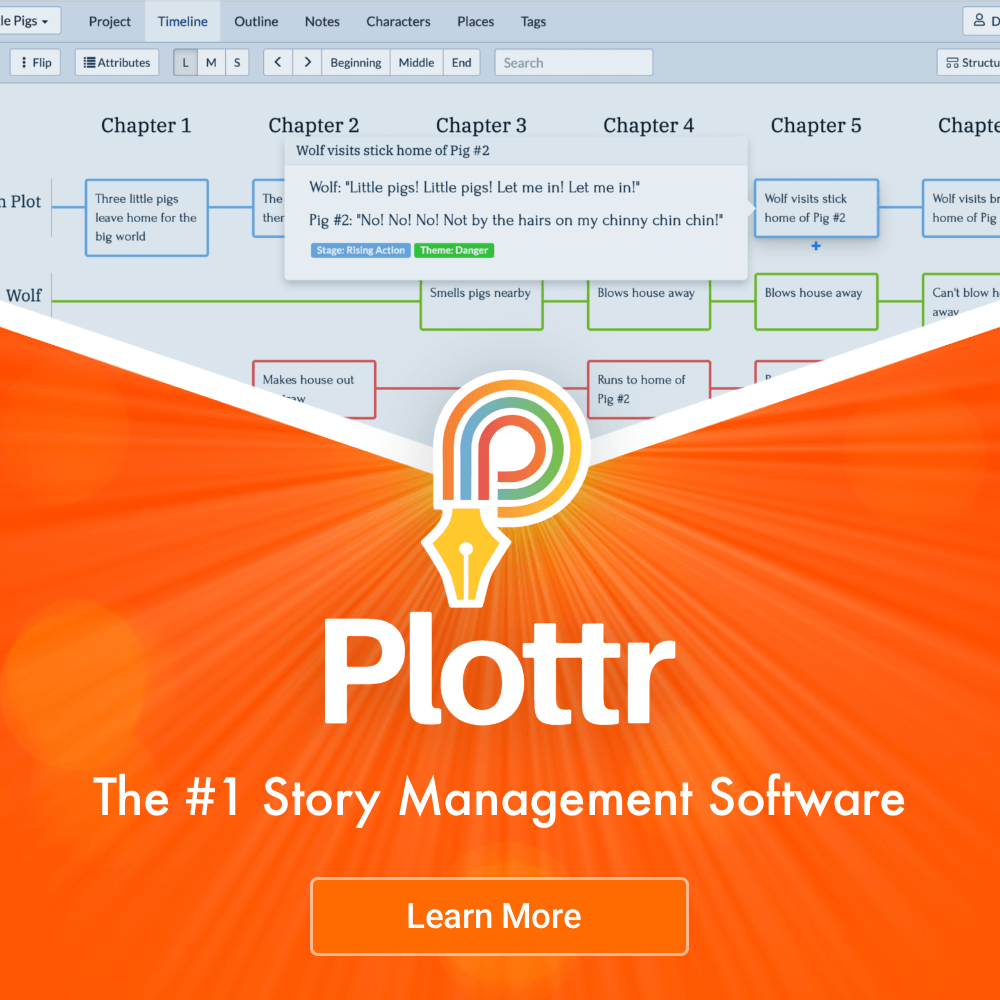By Sian Toop
Having previously discussed the negative repercussions of AI on the writing world, can AI-Technology ever benefit us as authors? There are many tools out there we can utilise as writers to make the process a little less pain-free – let’s check them out below.
Character Creation & World Building
Sometimes the hardest part of writing is translating what we have pictured clearly in our minds onto paper. We want the reader to see the image clearly as they read our novel, and this can be hard. Character creation and world-building can be tricky. Sometimes, the process can feel like an uphill climb, and this is where AI-Technology can give us a little push.
For genres such as sci-fi and fantasy, the characters we create and the worlds that we build are so unlike anything we have authored before, and writers need to push the boundaries of creativity. AI-Technology on sites such Artbreeder and Midjourney can assist with creating new characters and landscapes for a subscription charge, yet having an image you can work from while writing a description may be a small price to pay.
Sites such as This Person Does Not Exist let you create AI-generated images of people, with a new photo being generated randomly each time you refresh. There are also dropdown options to select characteristics such as gender, age brackets and ethnicity.
Brainstorming & Outlining
As writers, we can often have a lot of ideas that we want to cram into our next novel or short story.
A great tool for brainstorming is Sudowrite. Once you have a basic story idea, you can use the site to expand and brainstorm your thoughts, gathering elements like plot development and descriptive language that you can pack into your next novel or short story.
For outlining your story, there is Subtxt. In its own words, Subtxt is the ‘world’s only writing app that combines the chaotic serendipity of artificial intelligence with a predictive narrative framework’. How it works is that you input the theme of your story, and Subtxt will produce a Gods-eye view of the story, allowing you to guide the AI-Technology to a story outline you are satisfied with. Then, the writing can commence.
Proofreading & Editing
Sometimes, it feels like no matter how many times we proofread work. There is always a mistake somewhere. Our brains are wired to insert or correct missing or misspelt words, which often means when we read our own work, we still don’t see where we need to make corrections. Sites such as Natural Readers allow you to drag and drop your file, where you can then have a human-sounding voice read it for a fee. Alternatively, if you fancy a touch of celebrity, Speechify will read your draft in the voice of Snoop Dogg or Gwyneth Paltrow!
For editing, there is ProWritingAid. Marketed as a ‘writing assistant’, this AI includes technology to shorten sentences, remove weak adverbs and add sensory details, alongside typos, punctuation errors and even a plagiarism checker.
And finally, the title
Sometimes the hardest part can be the title. We may start with one title, but as the story grows and develops, perhaps it no longer fits or just sounds weak when we say it out loud. A great way to figure out a title is to use AI to brainstorm ideas.
ChatGPT can help with this. You can use the technology by inputting the outline plot of your story and, for example, requesting fifteen title ideas. From there, you can decide if any of the generated titles suit your story.
While there are many questions being raised about the ethics of using AI-Technology for writing, the programs being developed are here to stay. It is important that we find the ethical balance of using technology as a way to benefit ourselves as authors, as opposed to being replaced entirely, and these tools are a great place to start.







